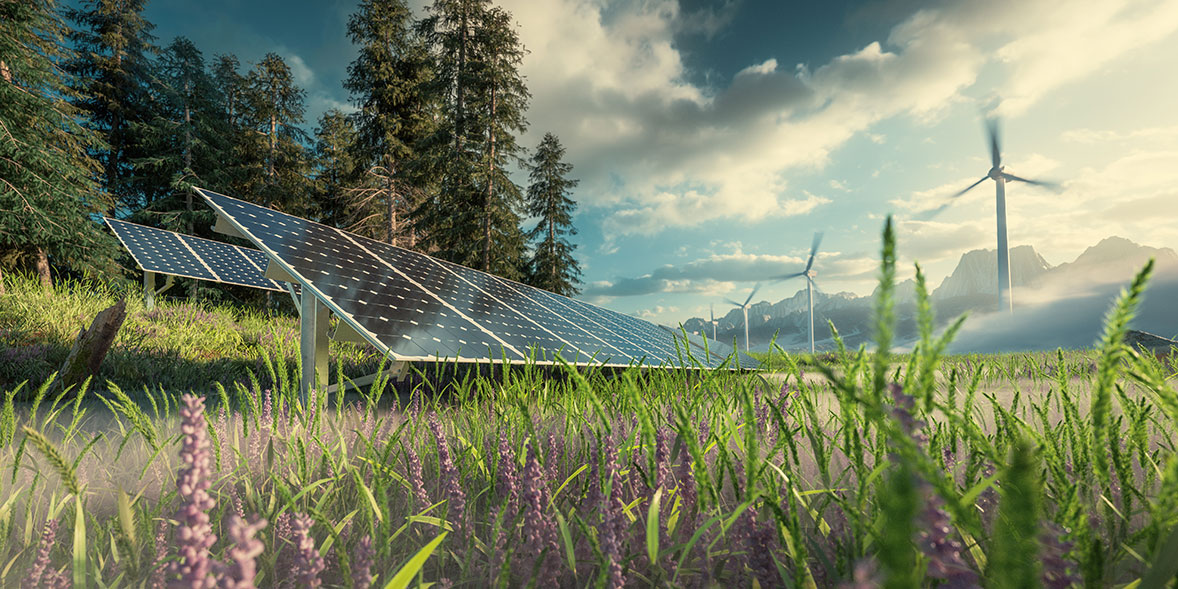How Does Climate Change Affect Penguins? A Closer Look at Their Changing Habitat
Penguins, iconic symbols of the Southern Hemisphere, particularly in Antarctica, are uniquely adapted to cold environments. However, climate change poses a significant threat to their populations and habitats. This blog explores how climate change affects penguins, their habitats, and their survival.
Understanding Penguins and Their Habitat
Penguins inhabit various regions from the Antarctic Peninsula to sub-Antarctic islands. Major species affected by climate change include:
- Emperor Penguins: Depend on stable sea ice for breeding.
- Adélie Penguins: Rely on sea ice for access to feeding grounds.
- Gentoo Penguins: Show some adaptability to changing conditions.
Sea ice, cold temperatures, and stable food sources are critical for penguin survival. The loss of these elements due to climate change threatens their existence.
Melting Sea Ice and Habitat Loss
The Role of Sea Ice in Penguin Life Cycles
Penguins depend on sea ice for various life cycle stages:
- Breeding: Emperor penguins breed on sea ice, while Adélie penguins use it to reach feeding areas.
- Foraging and Resting: Sea ice provides essential platforms for hunting and resting.
How Melting Ice Affects Penguin Colonies
Rising global temperatures are accelerating the melting of Antarctic ice. For instance, Emperor penguins face breeding challenges due to unstable ice platforms. The consequences include:
- Loss of breeding grounds
- Increased predation
- Reduced access to food sources
Recent studies indicate that up to 75% of Adélie penguin colonies could decline by 2060 due to habitat loss from melting ice[2][3].
Impact on Penguin Food Sources
Changes in Marine Ecosystems
Climate change disrupts marine food chains, affecting key food sources like krill and small fish. Warmer ocean temperatures and acidification are reducing krill populations, which are vital for penguins’ diets.
Food Scarcity and Its Effects on Penguin Populations
Reduced food availability leads to malnutrition and lower chick survival rates. Adélie penguins are increasingly traveling longer distances for food, which diminishes their energy reserves for breeding and raising young[4][6].
Increased Storms and Extreme Weather Events
Rising Frequency of Storms
Climate change is resulting in more intense storms in penguin habitats. These extreme weather events can have devastating effects on breeding colonies.
Impact on Breeding and Chick Survival
Severe storms can destroy nests, drown chicks, or disrupt breeding cycles. For example, recent storms in Antarctica have significantly impacted local penguin populations[1][6].
Rising Ocean Temperatures and Penguins’ Range Shift
Warmer Oceans and Penguins’ Migration Patterns
Rising sea temperatures are pushing some penguin populations further south, altering their traditional feeding and breeding areas.
Impact on Species That Cannot Adapt
Species like the Emperor penguin are particularly vulnerable as they rely heavily on stable sea ice. In contrast, Gentoo penguins show more adaptability by relocating to new regions[2][9].
Conservation Efforts and the Future of Penguins
Conservation Initiatives
Efforts to protect penguin habitats include establishing Marine Protected Areas (MPAs) and international agreements aimed at reducing human impact on these ecosystems. Monitoring penguin populations helps scientists predict the impacts of climate change[10].
The Role of Reducing Carbon Emissions
Global initiatives to reduce greenhouse gas emissions are crucial for slowing the melting of Antarctic ice. Protecting penguin habitats requires collective action against climate change[3][6].
FAQs
Which penguin species are most affected by climate change?
Emperor and Adélie penguins are particularly vulnerable due to their dependence on sea ice.
How does climate change impact penguin food sources?
Changes in ocean temperatures and acidification reduce krill populations, leading to food scarcity.
Can penguins adapt to climate change?
Some species like Gentoo penguins show adaptability, while others like Emperor penguins face severe challenges.
What are the long-term effects of climate change on penguins?
Long-term effects may include population decline, loss of breeding grounds, and potential extinction of certain species.
How can we help protect penguins from climate change?
Supporting conservation efforts, reducing carbon emissions, and protecting marine ecosystems are vital strategies for helping penguins.
Conclusion
Climate change threatens penguin populations through habitat loss, food scarcity, and extreme weather events. Global conservation efforts are essential to combat these challenges and protect these iconic species. Staying informed and supporting initiatives aimed at preserving penguins and their habitats is crucial for their survival.

Kyle Whyte is a notable scholar and professor at the University of Michigan, holding positions such as the George Willis Pack Professor in the School for Environment and Sustainability and Professor of Philosophy. Specializing in environmental justice, his work critically examines climate policy and Indigenous peoples’ ethics, emphasizing the nexus between cooperative scientific endeavors and Indigenous justice. As an enrolled Citizen Potawatomi Nation member, he brings a vital perspective to his roles as a U.S. Science Envoy and member of the White House Environmental Justice Advisory Council. His influential research is supported by various prestigious organizations including the National Science Foundation, and disseminated through publications in high-impact journals. Kyle actively contributes to global Indigenous research methodologies and education, with affiliations to numerous institutes and societies dedicated to traditional knowledge and sustainability. Recognized for his academic and community engagement, Kyle has earned multiple awards and served in various visiting professorships. His efforts extend to leadership positions on boards and committees focused on environmental justice nationwide.
